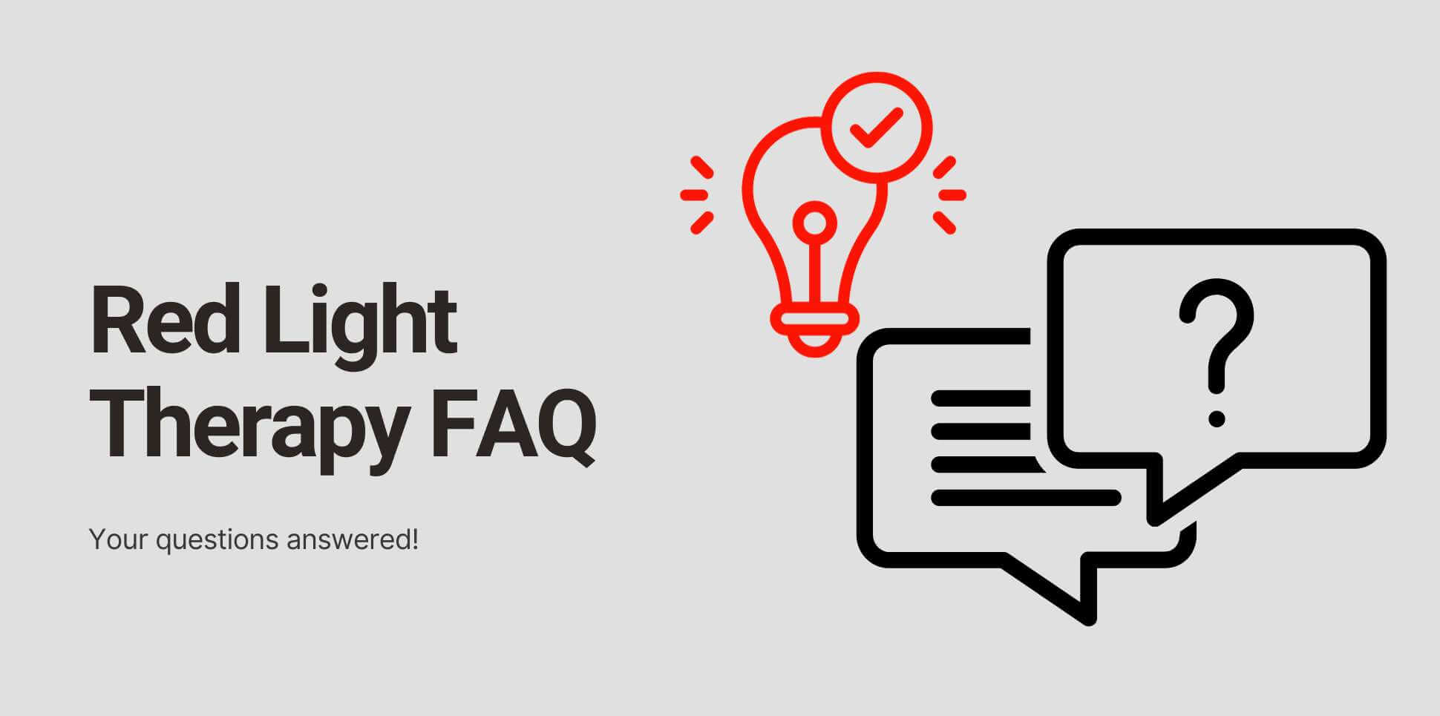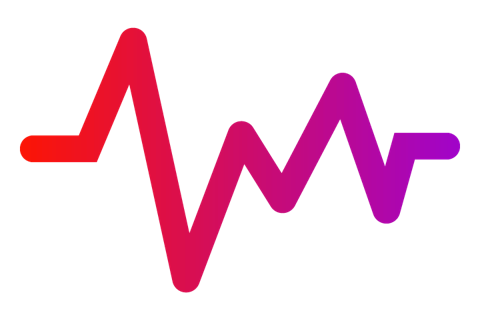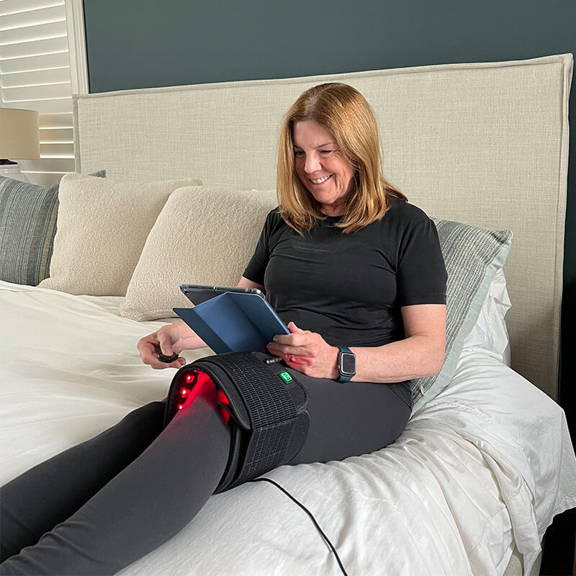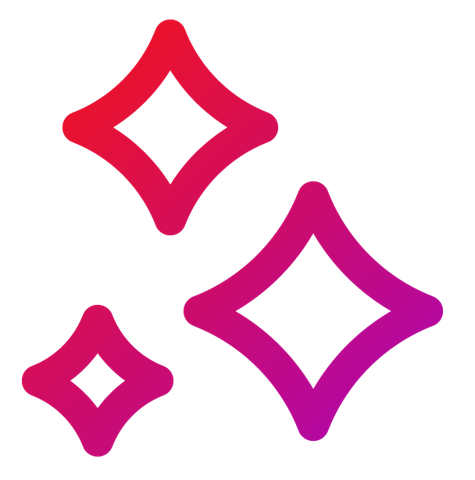No, red light therapy and infrared therapy are not the same. Both therapies use light in specific wavelengths to promote various health benefits, but the biological processes they trigger are very different.
Red light therapy is a marketing term that does not have a clear definition, and thus can cause confusion.
Red light therapy (without NIR): Most red light therapy devices for beauty & skin applications use 660nm red light - without the near-infrared light. These devices can only reach the surface of the skin, and thus only have a cosmetic healing effect.
Red light therapy (with NIR): Most red light therapy devices that promise pain relief, recovery, or regeneration, including the Cura ProWave Deep Healing Pad, use a combination of both 660nm red light and 850nm near-infrared light to promote various healing effects in the body. The near-infrared light (NIR) can penetrate deeper into the tissues. The mitochondria in our cells can use the energy of this light to produce cellular energy for lasting effects on the cellular level. Scientists refer to light therapy with NIR as photobiomodulation or low-level laser therapy.
Infrared therapy: The most common infrared therapy devices are infrared saunas. These devices use far-infrared light between 3,000 - 100,000nm wavelength to detoxify our bodies and improve heart health. Far-infrared light can penetrate even deeper into our tissues. However, at this wavelength our cells can no longer turn the energy of the light into cellular energy as they start to vibrate and produce thermal energy instead. This is the biological process infrared saunas take advantage of to make us sweat.
For pain relief, we want 3 things
For the mitochondria to be able to turn as much of the energy of the light into cellular energy so our body can heal itself from the inside out. The near-infrared light is best for that.
For the light source to be as close to our tissues as possible for effective penetration of the tissue.
Penetrate the area of pain from all sides, which is why you want a red light therapy belt that can wrap around the area of pain.






